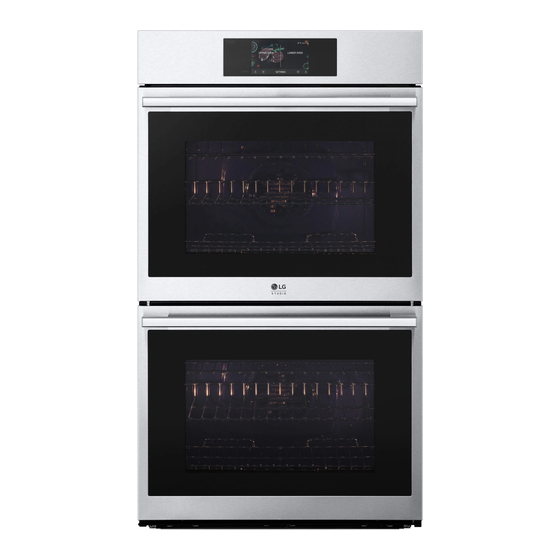As a devil's advocate, I will observe that there are 1,800W counter-mounted cooking units available, such as:
Avanti IH1800L1BIS 12 Inch Induction Cooktop with 1,800 Watt Cooking Power, 6 Preset Temperature Settings, Automatic Shut-off Safety Sensor and Touch Sensor Control Console

www.ajmadison.com
Therefore it should be permissible to use an 1,800W allowance for a counter-mounted cooking unit in applying T220.55. The double oven is 10,700W, plus the 1,800W allowance makes 12.5 kW. So the Column C rating is 8 kW * 1.05 = 8.4 kW = 35A @ 240V. [Same calculation would apply for up to a 2,700W allowance for the cooktop, if 0.4 kW is not a "major fraction" of a kW.]
This line of thought would permit a 35A branch circuit with 35A OCPD.
Cheers, Wayne



